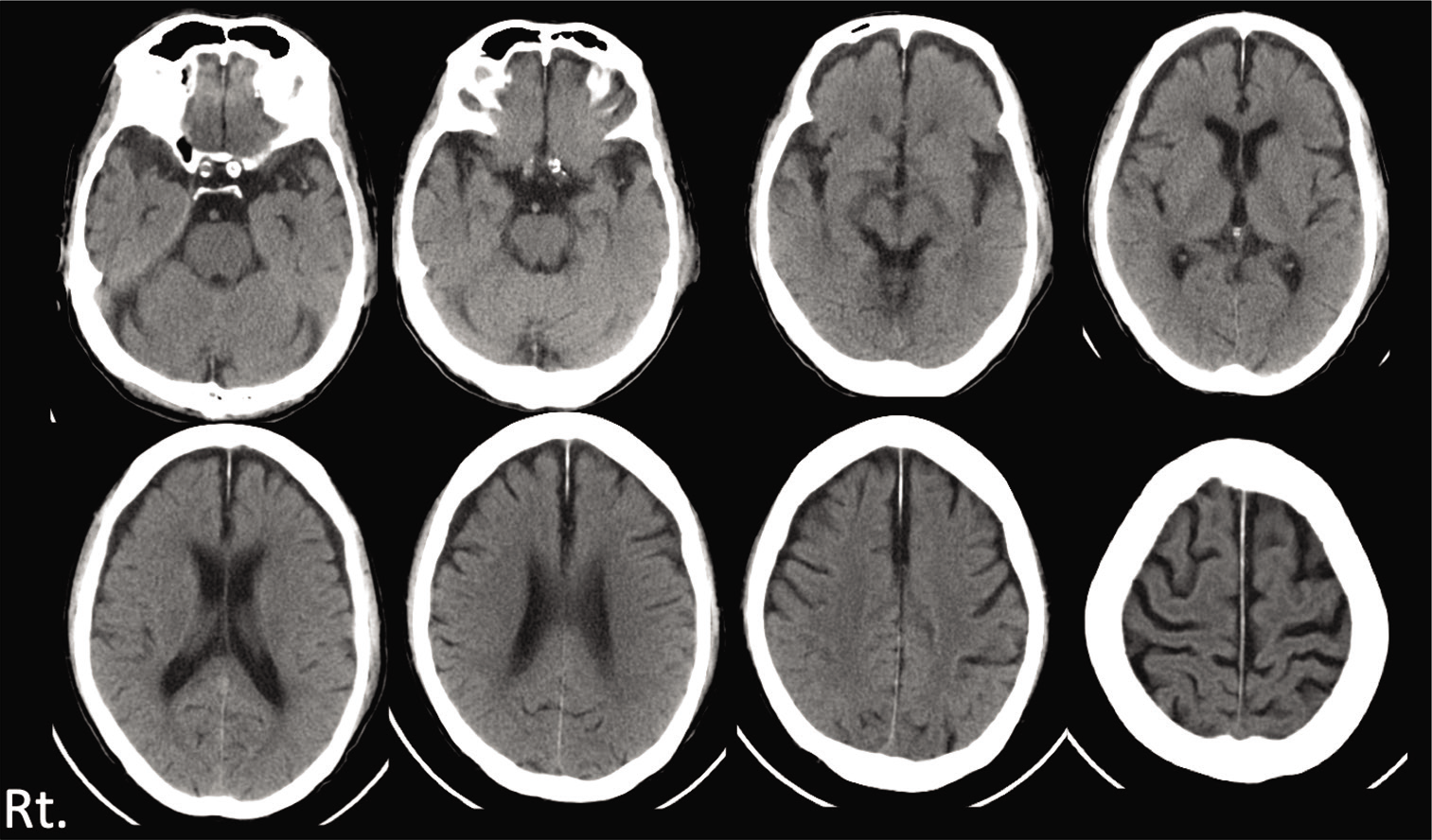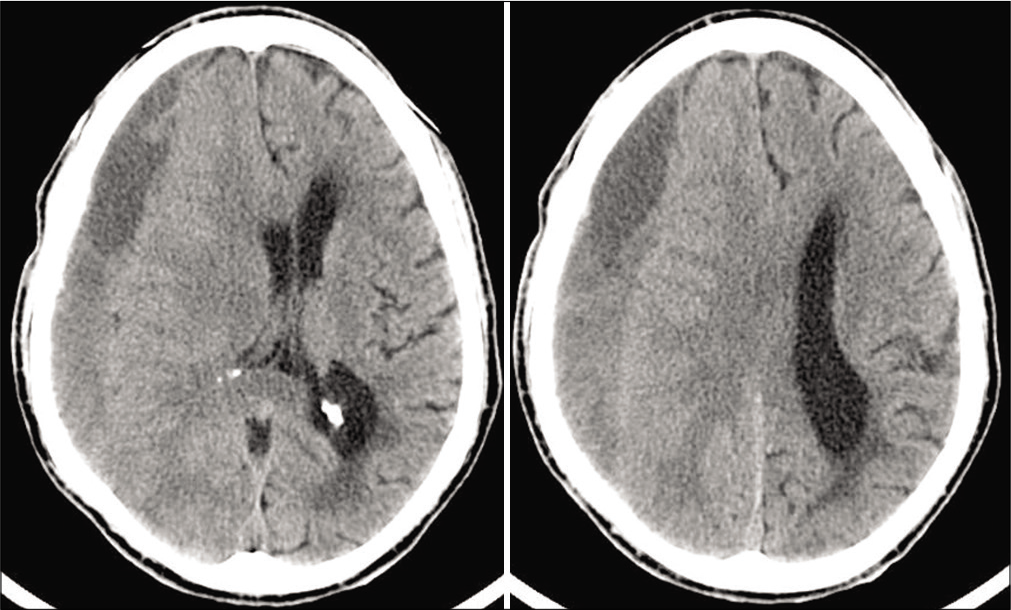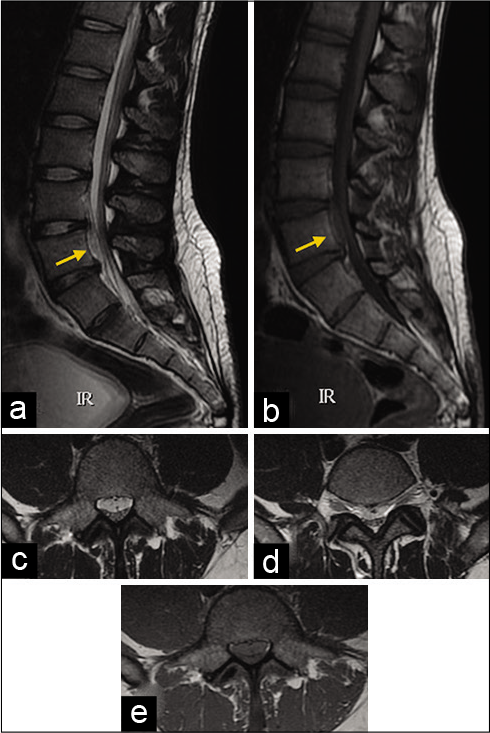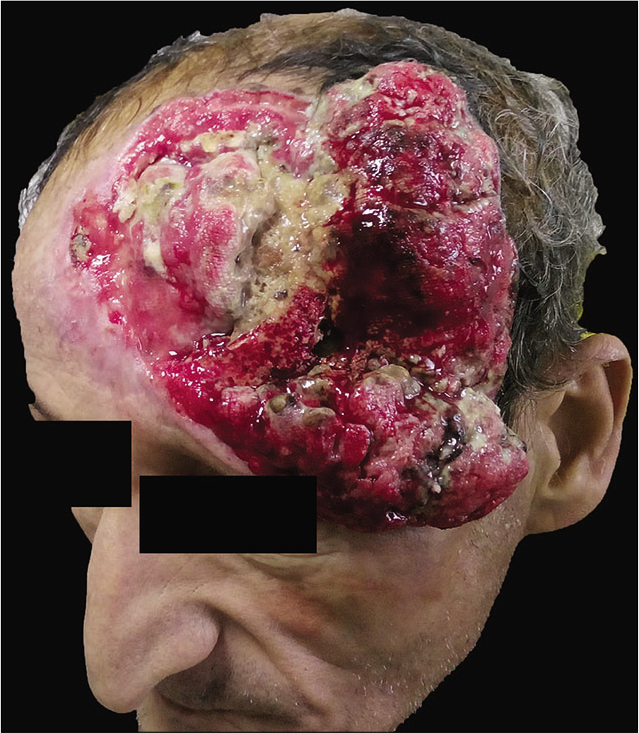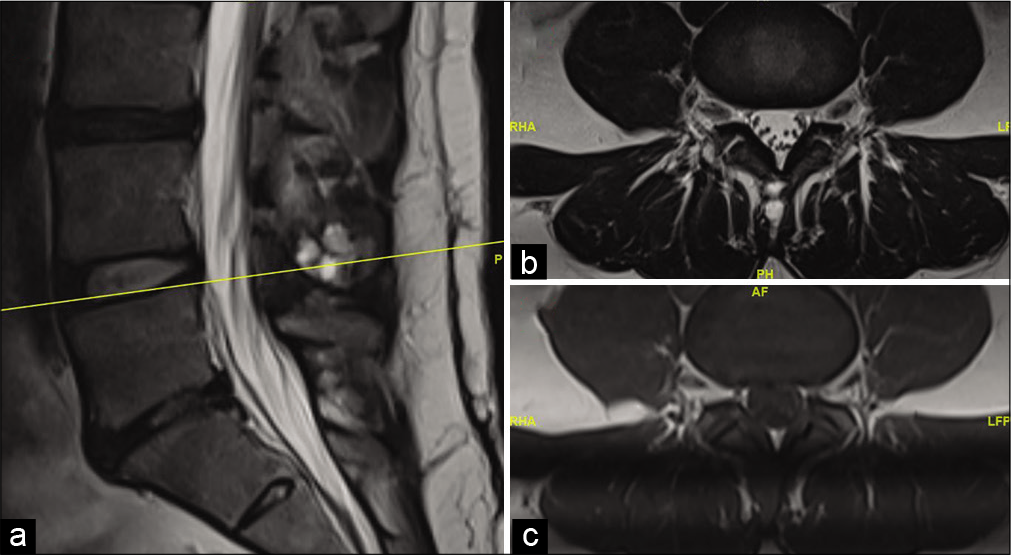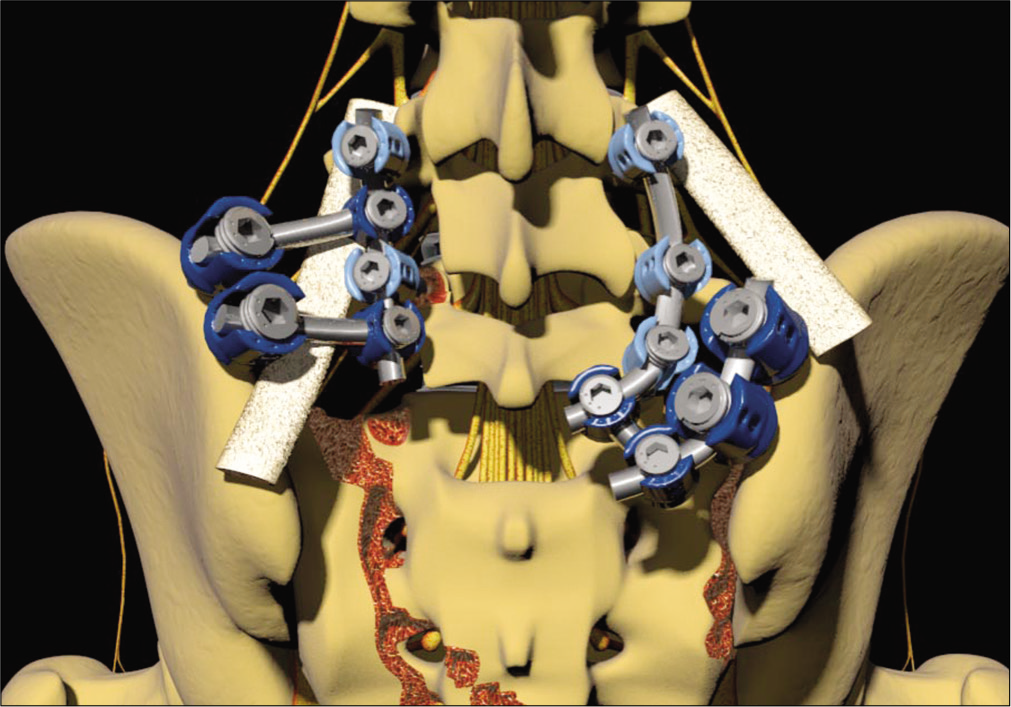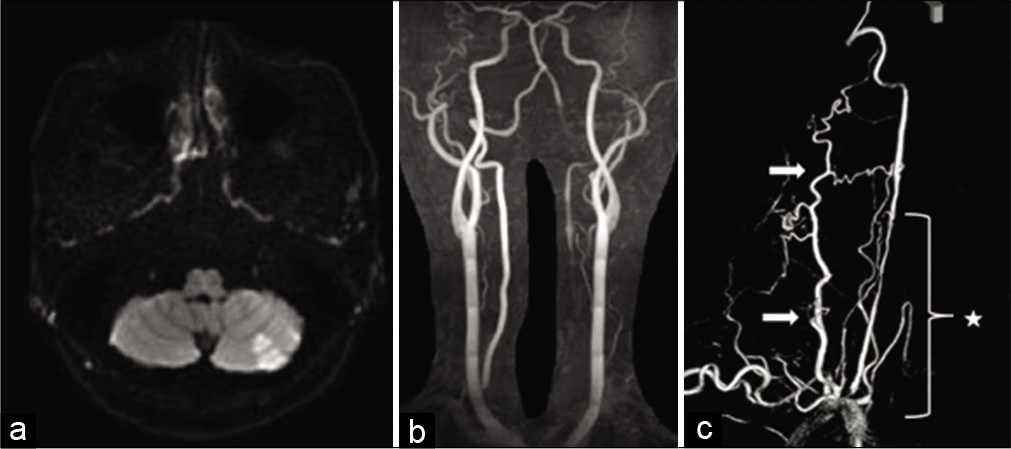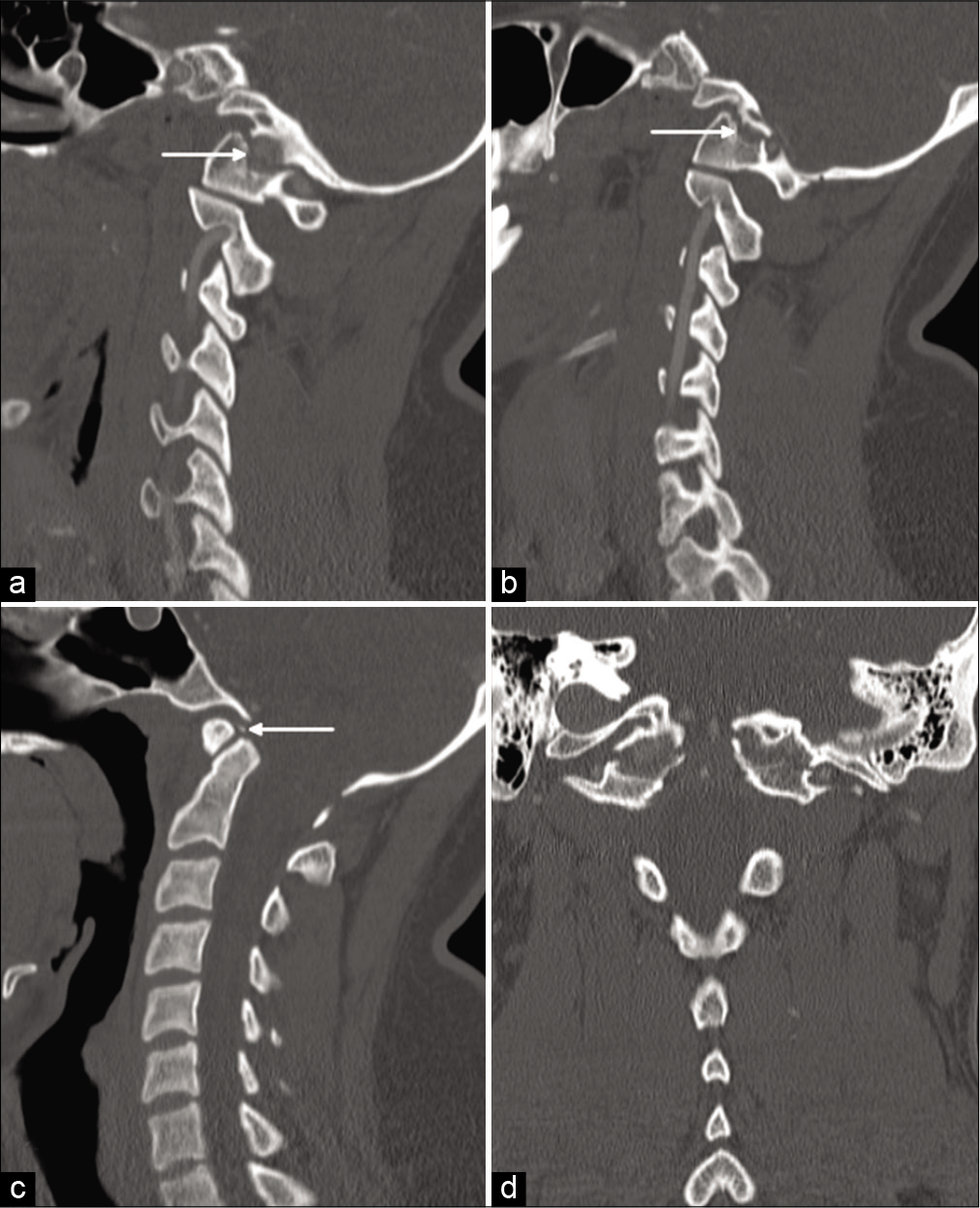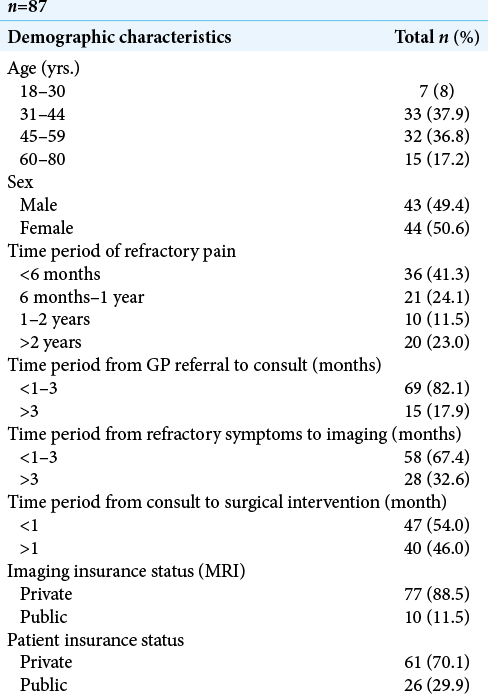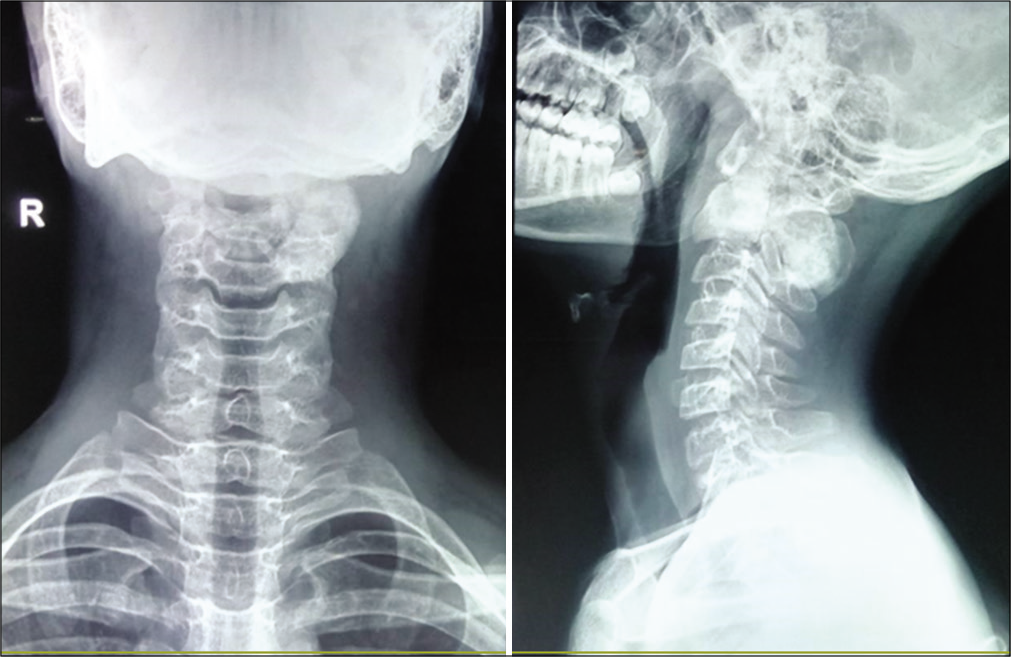Delayed acute subdural hematoma treated with endoscopic procedure: A case report
Date of publication: 21-Oct-2020
Background: Delayed acute subdural hematoma (DASDH) is defined as late onset ASDH with the absence of any abnormal radiological and clinical findings at initial examination. Moreover, this entity is very rare in traumatic brain injury and its mechanism is still unclear. Recently, endoscopic surgery for ASDH has also been performed. In this case, we describe some considerations of the mechanism of DASDH and review previous literature and usefulness of endoscopic surgical procedure for ASDH.
Bedside single burr hole craniostomy drainage of chronic subdural hematoma in the emergency room: A useful option in resource challenged settings
Date of publication: 21-Oct-2020
Background: In resource challenged environments, the standard treatment of chronic subdural hematoma (CSDH) in the theater may be delayed because of the endemic financial constraint and logistic problems with consequent negative impact on the outcome. An emergency bedside burr hole craniostomy with a local anesthetic at the accident and emergency ward may be lifesaving in patients presenting in extreme neurological conditions in these settings.
Traumatic lumbar disc extrusion mimicking spinal epidural hematoma: Case report and literature review
Date of publication: 21-Oct-2020
Background: Because the neurological presentation of spinal epidural hematomas (SEH) is often not specific, they may be misdiagnosed as acute lumbar disk herniations. Here, we present a case in which a traumatic disc extrusion mimicked an epidural hematoma and reviewed the appropriate literature.
Management of a recurrence of a squamous cell carcinoma of the scalp with extension to the brain: A case report and literature review
Date of publication: 21-Oct-2020
Background: Squamous cell carcinoma (SCC) is the most common form of nonmelanoma skin cancer after basal cell carcinoma. Simple excision can be the treatment at early stages of diagnosis. However, at late stages, treatment is more complex due to extension to the skull and the dura. In extremely rare cases, it can invade the brain making it a challenging situation for treatment.
Image-guided resection of lumbar monostotic fibrous dysplasia: A case report and technical note
Date of publication: 21-Oct-2020
Background: Monostotic fibrous dysplasia rarely involves the lumbar spine. Although its optimal surgical management is unknown, some recommend complete resection to decrease the likelihood of future recurrence.
Reconstruction of Shattered Lumbo-Sacral Junction/Pelvis Utilizing Bilateral L4-Sacrum Fibula Strut Allograft And Double Iliac Screws Plus Routine Lumbar Pedicle Screw Fixation
Date of publication: 15-Oct-2020
Background: A traumatically shattered lumbosacral junction/pelvis may be difficult to repair. Here the authors offer a pelvic fixation technique utilizing routine pedicle screws, interbody lumbar fusions, bilateral iliac screws/ rods/crosslinks, and bilateral fibular strut allografts from the lumbar spine to the sacrum.
Surgical clip occlusion of the V3 segment to prevent recurrent cerebral infarction associated with extracranial vertebral artery dissection: A case report
Date of publication: 15-Oct-2020
Background: Recurrent cerebral infarction caused by traumatic extracranial vertebral artery dissection (EVAD) is treated medically and surgically. We report a case of EVAD that was treated using surgical clip occlusion of the V3 segment to prevent recurrent cerebral infarction.
Successful non-operative management for atlanto-occipital dislocation resulting in spinal cord contusion in a patient with atlanto-occipital assimilation and severe Chiari I malformation
Date of publication: 15-Oct-2020
Background: Atlanto-occipital dislocation (AOD) is a rare, highly morbid, and highly lethal injury that results from high-energy trauma and almost universally requires operative management for satisfactory outcomes. It can be difficult to identify the severity of injury at the time of presentation, and when diagnosis is delayed outcomes worsen significantly. Anatomic anomalies of the craniovertebral junction may further complicate its detection. When such anomalies are present either singly or in combination, they are known to cause space constraints which may increase the likelihood of spinal cord injury. Given that such anomalies and AOD are rare, few examples of patients with both are reported in the literature. Furthermore, it is not clear in what way patient management may be impacted in this context.
Biopsychosocial variations in quality of life outcome following microdiscectomy
Date of publication: 15-Oct-2020
Background: Lumbar microdiscectomy is one of the most frequently performed neurosurgical procedures. In this review, we ask why patients’ outcomes vary so widely even within the same unit, with the same surgeon performing the procedure and utilizing the technique?
Primary Ewing’s sarcoma of the C2 vertebra with progressive quadriparesis: Report of a rare case and review of the literature
Date of publication: 15-Oct-2020
Background: Ewing’s sarcoma is a malignant primitive neuroectodermal tumor (PNET) of childhood and adolescence. Primary Ewing’s sarcoma of the spine is uncommon, and even more rarely involves the C2 vertebra.


